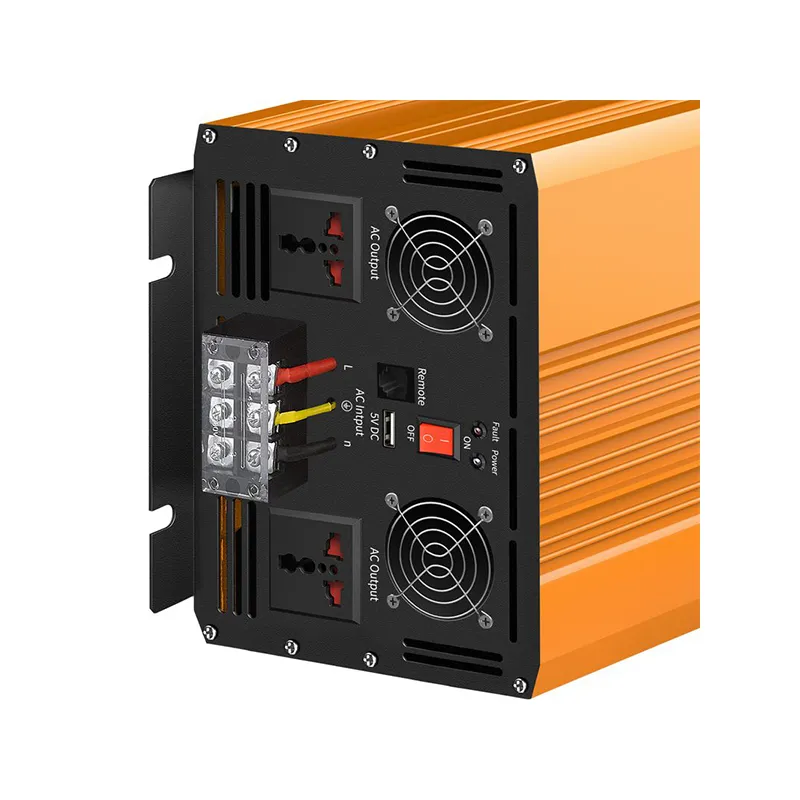Exploring Solar Panel Dimensions and Their Associated Costs for Home Installation
Understanding Solar Panel Sizes and Prices A Comprehensive Guide for Homeowners
In recent years, the popularity of solar energy has soared as more homeowners seek sustainable and cost-effective energy solutions. As the global spotlight shines on renewable energy, solar panels have become an increasingly viable option for those looking to harness the power of the sun. However, understanding the sizes and prices of solar panels is crucial for making informed decisions about installation. This article will delve into the various sizes of solar panels and their associated costs, helping you make the best choice for your energy needs.
Solar Panel Sizes
Solar panels come in a variety of sizes, which can influence both their efficiency and cost. The standard solar panel size is approximately 65 inches by 39 inches and has a power output of about 300 to 400 watts. However, there are smaller panels, often used for residential rooftops, which can be approximately 39 inches by 39 inches, generating around 100 to 200 watts. Conversely, there are larger panels designed for commercial use or extensive residential systems that can surpass 80 inches in length and produce over 500 watts.
One of the key factors determining the size of the solar panel needed is the energy requirement of your household. To calculate the necessary panel size, you should consider your average energy consumption, which is usually measured in kilowatt-hours (kWh). A typical U.S. household uses around 877 kWh per month, meaning you would need enough solar panels to generate that amount of energy annually.
Factors Affecting Prices
The price of solar panels can vary significantly based on several factors, including technology, efficiency, brand, and market conditions. On average, homeowners can expect to pay between $2.50 and $4.00 per watt for solar panel installation, reflecting an overall cost of around $10,000 to $30,000 for a complete system after federal tax credits.
1. Type of Solar Panels There are three main types of solar panels monocrystalline, polycrystalline, and thin-film. Monocrystalline panels, known for their higher efficiency and durability, generally cost more, ranging from $3.00 to $4.00 per watt. Polycrystalline panels are slightly less expensive, typically falling between $2.50 and $3.50 per watt. Thin-film panels, while less efficient, are often the most affordable option, costing around $1.50 to $3.00 per watt.
solar panels sizes and prices

2. Efficiency Ratings Higher efficiency panels generate more energy in a smaller space, which can justify their higher cost. Homeowners with limited roof space may find that investing in higher efficiency panels pays off in the long run.
3. Installation Costs The price of solar panels is not solely based on the panels themselves. Installation, labor, and additional components—such as inverters and mounting systems—play a significant role in the overall cost. Professional installation typically adds $0.50 to $1.50 per watt to the total system cost.
4. Market Trends Supply and demand dynamics in the solar market can also impact prices. As technology advances and production scales up, prices tend to decrease. Conversely, tariffs and import restrictions on solar technologies may lead to price increases.
Incentives and Financing Options
Understanding the purchase price is only one part of the equation. Many homeowners can take advantage of federal and state incentives, tax credits, and financing options to make solar more affordable. The federal solar tax credit allows you to deduct a significant percentage of your installation costs from your federal taxes, making solar more enticing financially.
Additionally, various financing options exist, including solar loans, lease agreements, and Power Purchase Agreements (PPAs), which can lower the upfront costs of installing solar panels. Selecting the right financing option can significantly affect your overall investment and payback period.
Conclusion
In summary, understanding the sizes and prices of solar panels is essential for homeowners considering solar energy solutions. With a variety of panel sizes and pricing structures available, it's crucial to assess your energy needs, compare panel types, and leverage available financial incentives. By taking the time to research and plan, you can make informed decisions that lead to sustainable energy savings, all while contributing to a greener planet. Investing in solar energy is not only an environmentally responsible choice but also a long-term financial strategy that pays dividends for years to come.
-
Navigating Off Grid Solar Inverter: From Use Cases to Trusted PartnersNewsAug.05,2025
-
Solar Edge String Inverter: A Wholesaler’s Guide to Inverter Technology SelectionNewsAug.05,2025
-
Microinverters: Revolutionizing Solar Energy UseNewsAug.05,2025
-
Future of Monocrystalline Solar Panel Efficiency: Latest Technological AdvancesNewsAug.05,2025
-
Solar Panels for House: A Complete Guide to Residential Solar EnergyNewsAug.05,2025
-
Panel Bifacial Performance in Snow and Low-Light ConditionsNewsAug.05,2025







